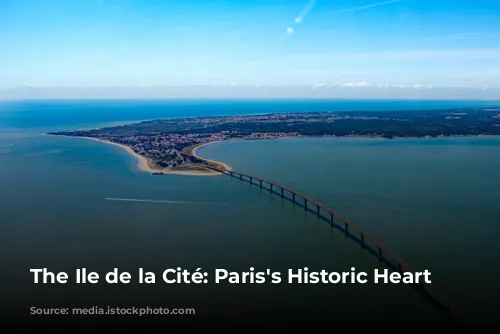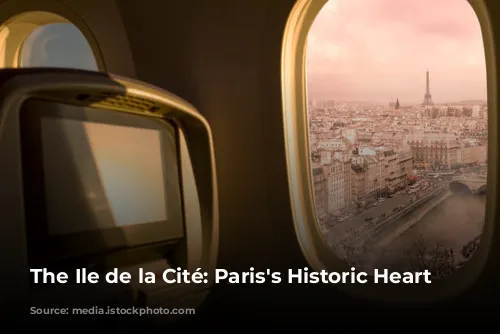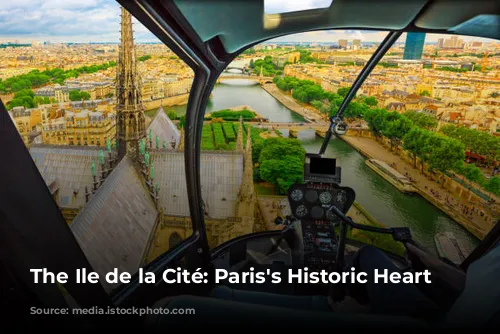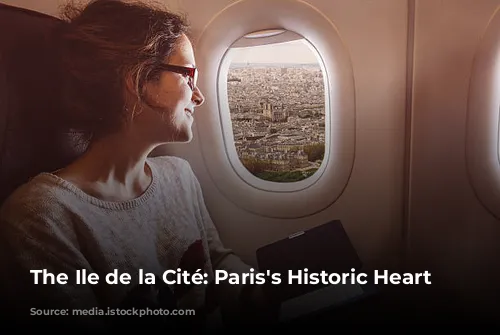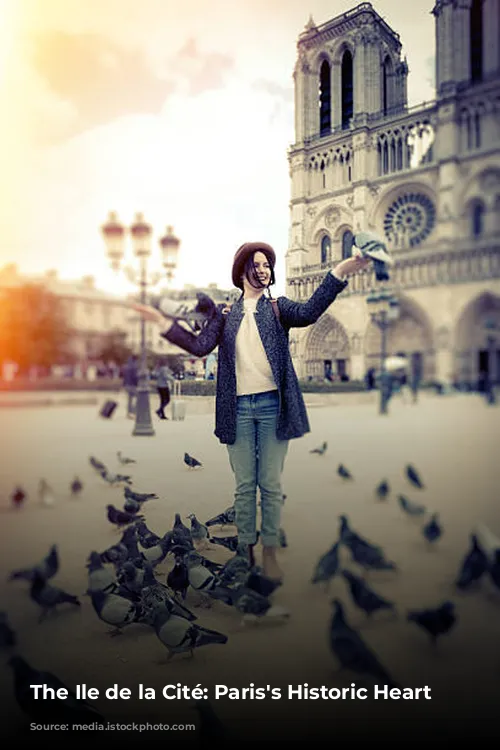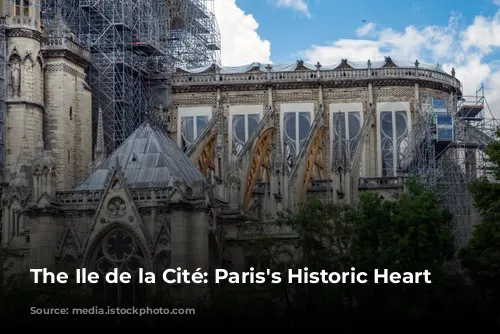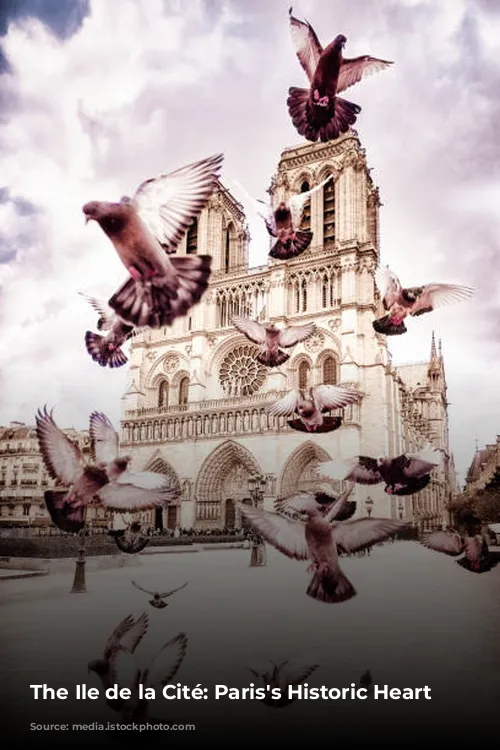The Ile de la Cité is more than just a small island in the Seine River; it’s the historic heart and oldest district of Paris. Its rich history stretches back centuries, and it played a pivotal role in the city’s rise to prominence.
Let’s delve into its captivating past!
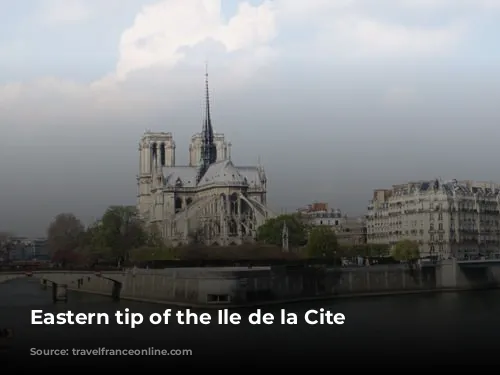
A Gallic Stronghold
Long before the Romans arrived, the Gallic tribe Parisii established their stronghold, Lutetia, on this strategically located island in 52 BC. The Seine River provided natural defense, and the island’s position at the confluence of ancient trade routes made it a crucial crossroads.
The Parisii even constructed two wooden bridges: the Petit Pont connected the island to the Left Bank, while the Grand Pont led to the Right Bank, further solidifying the island’s importance as a center for trade and travel.
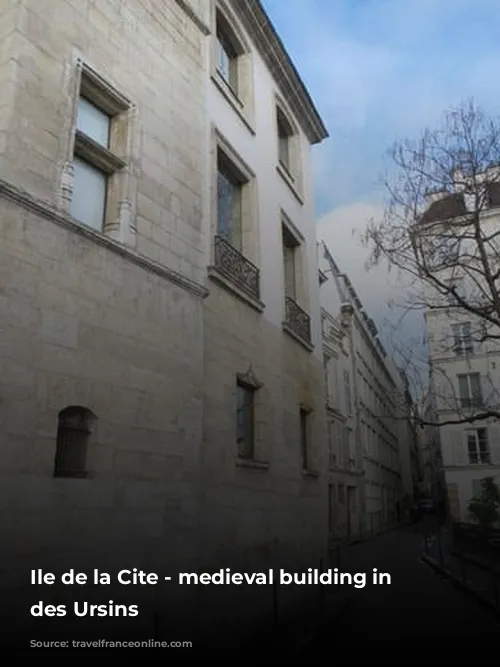
The Romans Arrive
The Romans, known for their organizational prowess, took over the island and transformed it into the administrative hub and heart of power. The Governor’s Palace, now the site of the Palais de Justice, and the Temple of Jupiter, the precursor to Notre-Dame Cathedral, dominated the landscape.
The Roman city thrived with a bustling forum, a jail, lively markets, bustling shops, and a labyrinth of residential dwellings. The Archaeological Crypt Notre-Dame, located beneath the cathedral square, offers a glimpse into this fascinating past, showcasing the ruins of the ancient city that gave the island its name.
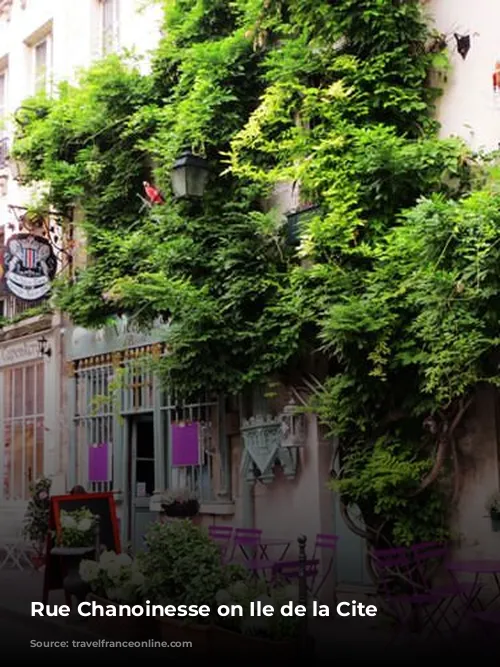
From Lutetia to Paris
As Paris grew, the Ile de la Cité could no longer accommodate the expanding population. A new district emerged on the Left Bank, where the Latin Quarter later flourished.
The transformation of Lutetia into Paris was officially recognized in 360 AD, but a milestone dating back to 307 AD inscribed with “Civita Parisorium” immortalized the City of the Parisii.
The island faced numerous challenges throughout its history, including sieges by the Huns and the Normans. In 451 AD, a young woman named Geneviève emerged as a symbol of hope, inspiring the Parisians to resist Attila’s onslaught. Her courageous leadership earned her a place among the patron saints of Paris.
In 508 AD, the Frankish king Clovis declared Paris the capital of the Kingdom of France, further solidifying the city’s importance and turning the old Governor’s Palace into a royal residence.
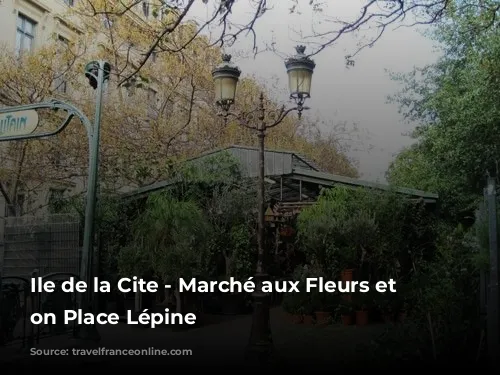
A Flourishing City and a Changing Landscape
As the new millennium dawned, France witnessed a surge in population growth and a flourishing of Christianity. Magnificent cathedrals like Notre-Dame sprang up, reflecting the era’s faith and grandeur.
The Ile de la Cité underwent significant transformations to accommodate the city’s growth. Iconic landmarks like the Palais de Justice, Conciergerie, and Sainte-Chapelle were built, expanding the boundaries of the ancient royal palace.
The island’s physical landscape changed as the Ilôt Galilée was attached, and the river arm separating it from the main island was filled in, creating the Quai des Orfêvres, once the renowned jewelers’ district.
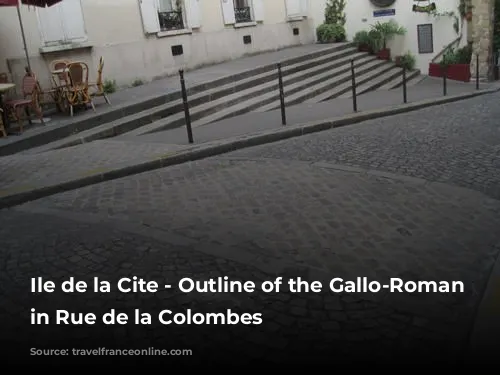
The Ile de la Cité: A Witness to History
King Charles V moved the Parliament to the old palace on the Ile de la Cité in 1360, transforming it into a bastion of justice and legal authority.
The Pont-Neuf, Paris’s oldest standing bridge, was constructed in 1607, and the remaining islets were joined to the Ile de la Cité, creating the Place Dauphine and the Square du Vert-Galant.
Baron Haussmann’s renovations of Paris in the 1860s also extended to the Ile de la Cité. He demolished centuries-old structures to create the vast cathedral square we see today. He also built key institutions and relocated the Hôtel-Dieu, Paris’s oldest hospital.
The Ile de la Cité continues to evolve with the times. Today, it’s home to the Memorial to the Martyrs of the Deportation of WWII, a stark reminder of the city’s recent past.
The Ile de la Cité is a testament to the resilience and evolution of Paris. From its humble beginnings as a Gallic stronghold to its transformation into the heart of a global city, the island has witnessed centuries of history and remains a fascinating destination for anyone eager to explore the heart of the City of Lights.
